Exterior
There is no let up in the downsizing of cases and it goes on. Now Fractal Design has worked on a simpler version of the Meshify 2 Compact, to which we gave a rare editorial award a while back. The skeleton of the case has remained the same, the materials used have not changed, but in some places, cuts have been made. And in other places, improvements have been added. In our analysis we have looked at the case in the Lite RGB variant.
Basic parameters
| Parameters | Fractal Design |
| Meshify 2 Compact Lite RGB | |
| Supported motherboard formats | Mini-ITX, mATX, ATX |
| Supported PSU format | ATX |
| CPU cooler | up to 169 mm |
| Graphics cards | up to 345 mm |
| Fan | 7× 120 mm (4× preinstalled)/4× 140 mm |
| Supported liquid radiators | 1× up to 360 mm + 1× up to 240 mm + 2× up to 120mm |
| 2,5" positions | 2 + 2 shared (totally 4) + 4 optional |
| 3,5" positions | 2 shared |
| 5,25" positions | 0 |
| Dimensions [H/D/W] (and volume) | 475 × 424 × 210 mm (42,3 l) |
| Weight | 8.1 kg |
| Materials | aluminium + steel + plastic + tempered glass |
| Connectivity | 2× USB 3.2 gen. 1 + 2× 3,5mm jack |
| MSRP | 144 EUR |
Exterior
After pulling the case out of the cardboard box, you get to the accessories, which are plentiful in some models but the Lite version is not one of them. It is mostly made up of various types of screws and single-use tightening strips. Additional accessories are extra brackets for attaching a water cooling radiator and a wipe for the glass with a Fractal logo. There is also a manual with pictures for the easiest explanation of all the case options.
The left side panel is made of tempered glass with a thickness of 2.85 mm. Like the original non-lite version, the Lite versions have been given a tool-less latching mechanism for both sides. This makes it quick and easy to get inside the case without having to manipulate it. From the back, just pull on the panel protrusions and it simply stays in your hand.
The perforated front panel has a “wrinkled” look, which is typical of the Meshify series of cases. The company logo is placed underneath, which also serves as a handle for opening the perforated part. It is attached to the other part of the front panel with snap-on hinges, which makes cleaning the perforations and fans from dust easier. As this is a stripped down version of the case with the price in mind, the fine nylon dust filter behind the panel is missing. The perforations that are here are about one millimeter in size, which is ineffective as a dust filter.
The second part of the front panel – the frame can also be removed. This gives you easier access to the three Aspect 12 RGB fans. These are, according to the manufacturer, slightly less powerful than the versions with PMW, of which Ľubo has already made a detailed analysis. If you would like to replace the original 120mm fans, you can do so with two 140mm fans or a water cooling radiator up to 360mm.
Two USB Type-A ports are available right out of the box, but if you miss the USB Type-C on the top I/O panel, it can be purchased for about 13 EUR under the Model E label. This is one of the other cost savings over the full-size version of the Meshify 2 Compact case. The rest of the panel consists of two 3.5mm headphone and microphone jacks, a power button, and one for changing the backlight. The case gives you more than enough options, 49 to be exact.
The open part of the case on the top is protected from dust by a mesh with the same holes as those used in the front. I don’t see this as a negative on the top, especially when this part is used for exhaust rather than intake. For this you can use two 120 or 140 mm fans or even a water cooling radiator up to 240 mm. However, you need to be careful about the size of the RAM modules when using a radiator. They should not exceed 35 mm. In addition, these positions can also be used for 2.5″ or 3.5″ storage using the universal bracket, which is sold separately. Labeled “Universal Multibracket – Type A”, two are sold in a package for a price of around 13 EUR.
The back of the case is standard, with the slot for the power supply located at the bottom, along with a frame. Above it are seven covers for PCI Express expansion card slots, a slot for the motherboard I/O panel, and next to it a position for a 120mm fan. The latter is fitted with the same model as the three in front – the Aspect 12 RGB.
The bottom of the case belongs to a fine nylon filter, which will protect the power supply from dust. In addition, there are four feet with non-slip pads. These hold the case firmly on the surface.
- Contents
- Exterior
- Interior
- Test methodology
- CPU and GPU cooling tests
- Motherboard cooling tests
- SSD cooling test and temperature underneath the ceiling
- Conclusion





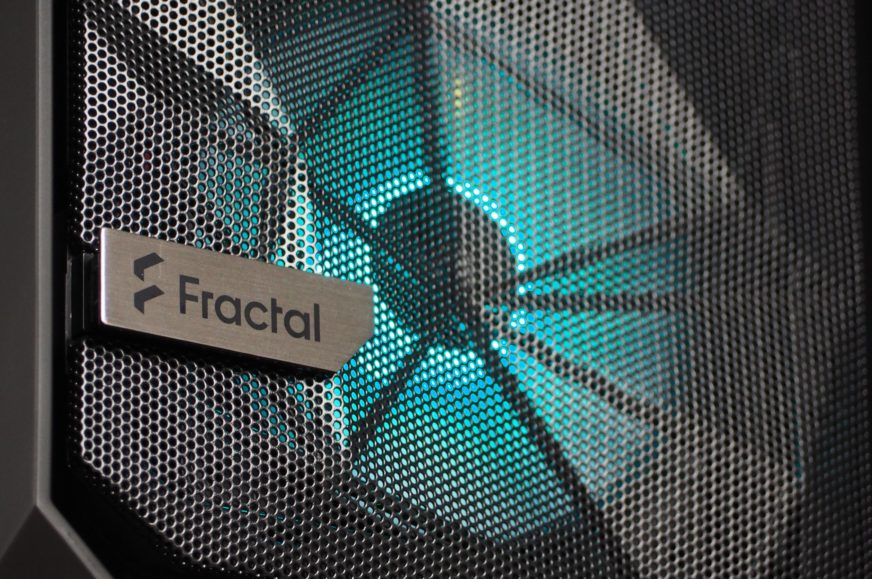
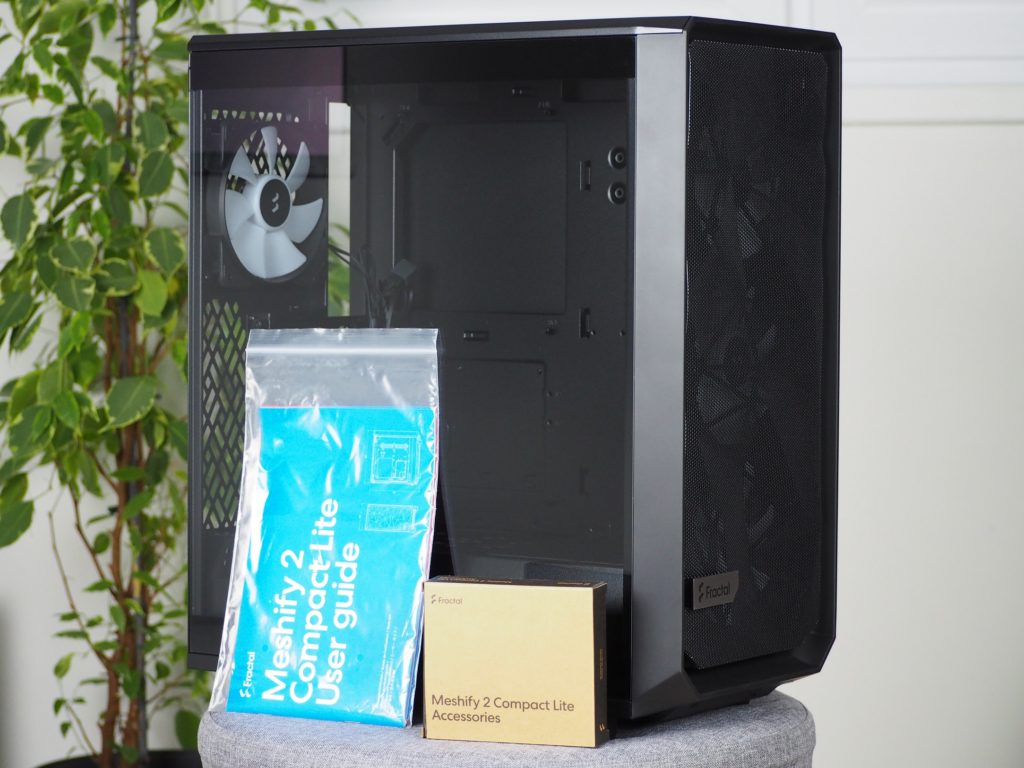

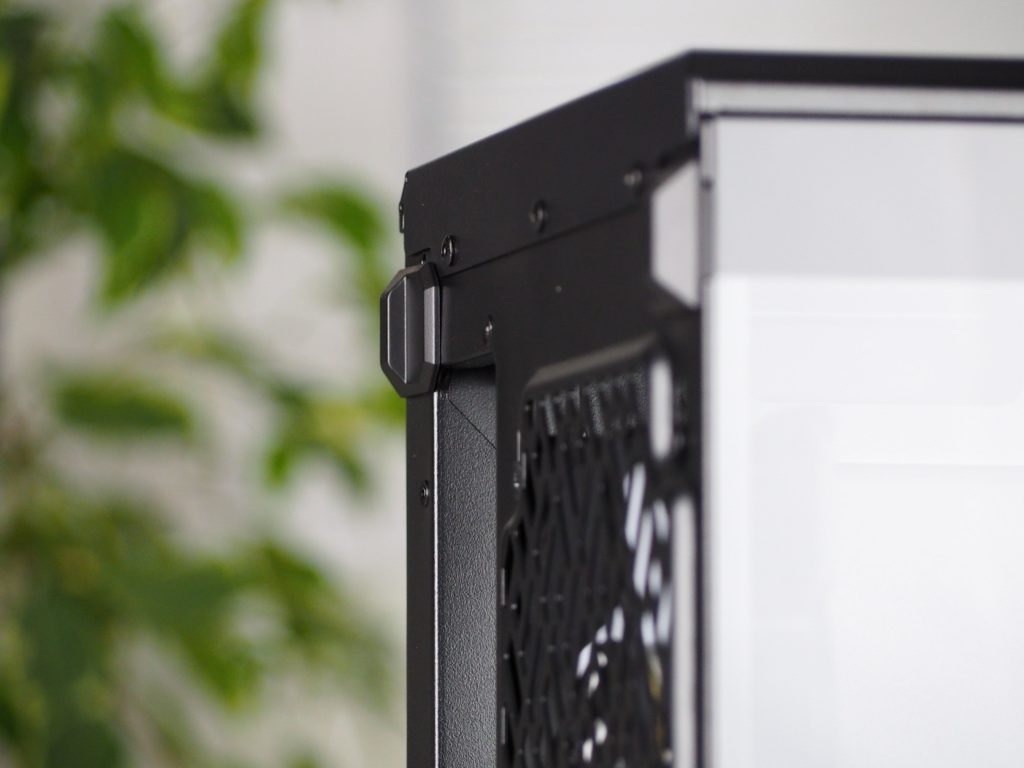
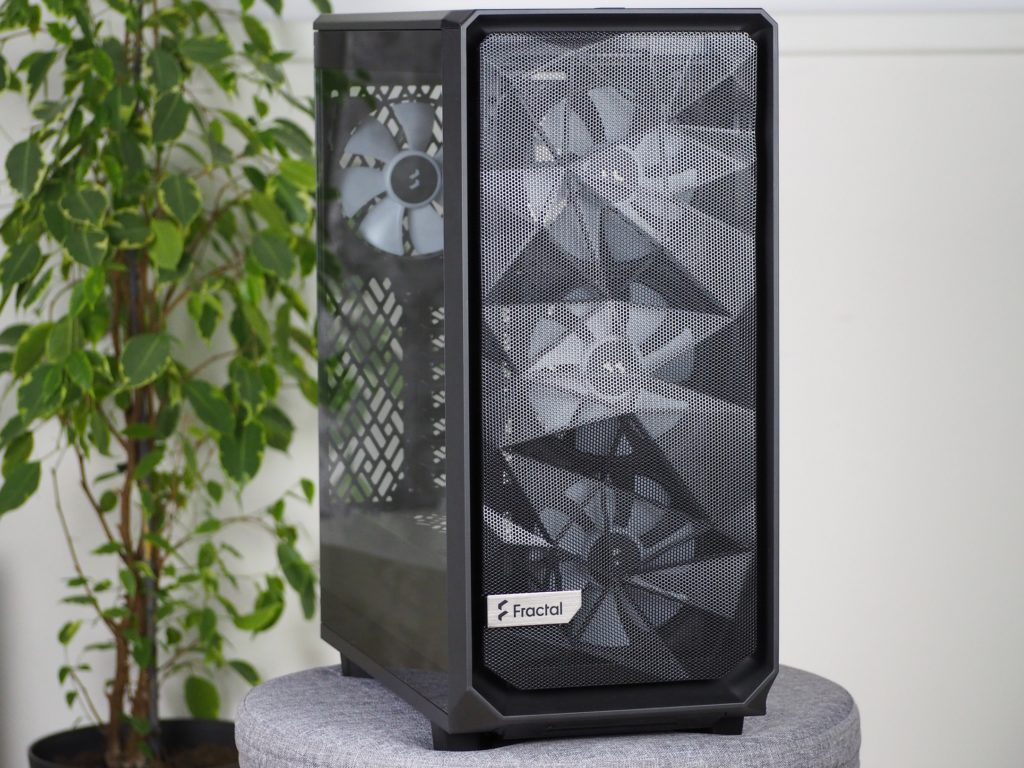
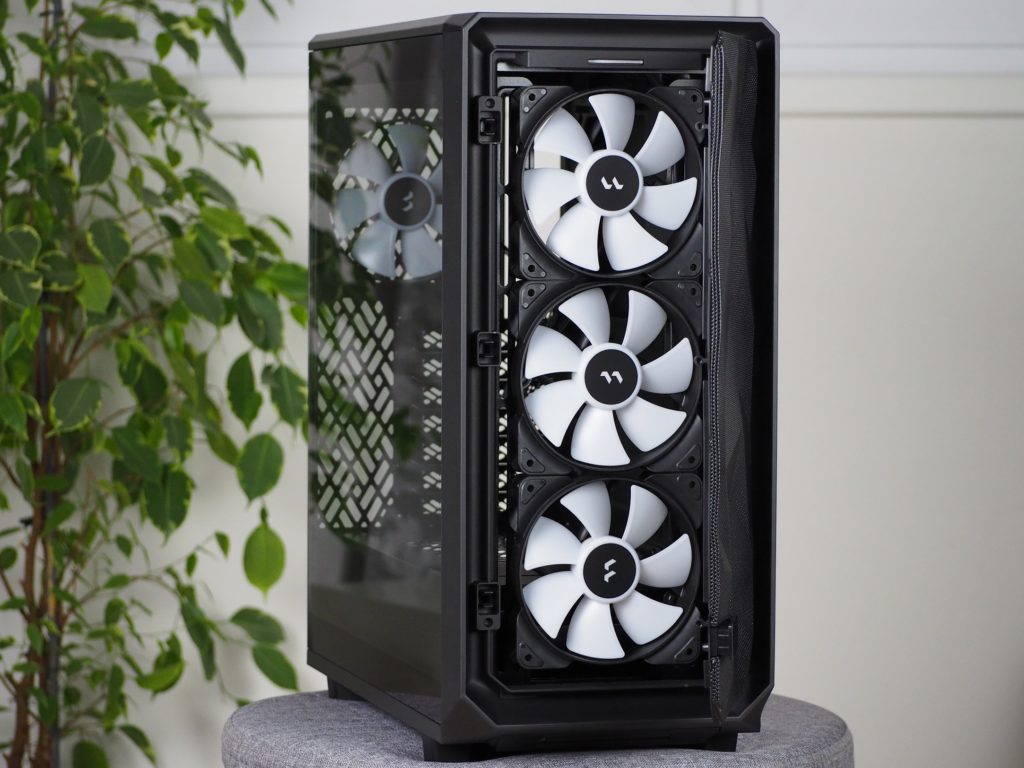
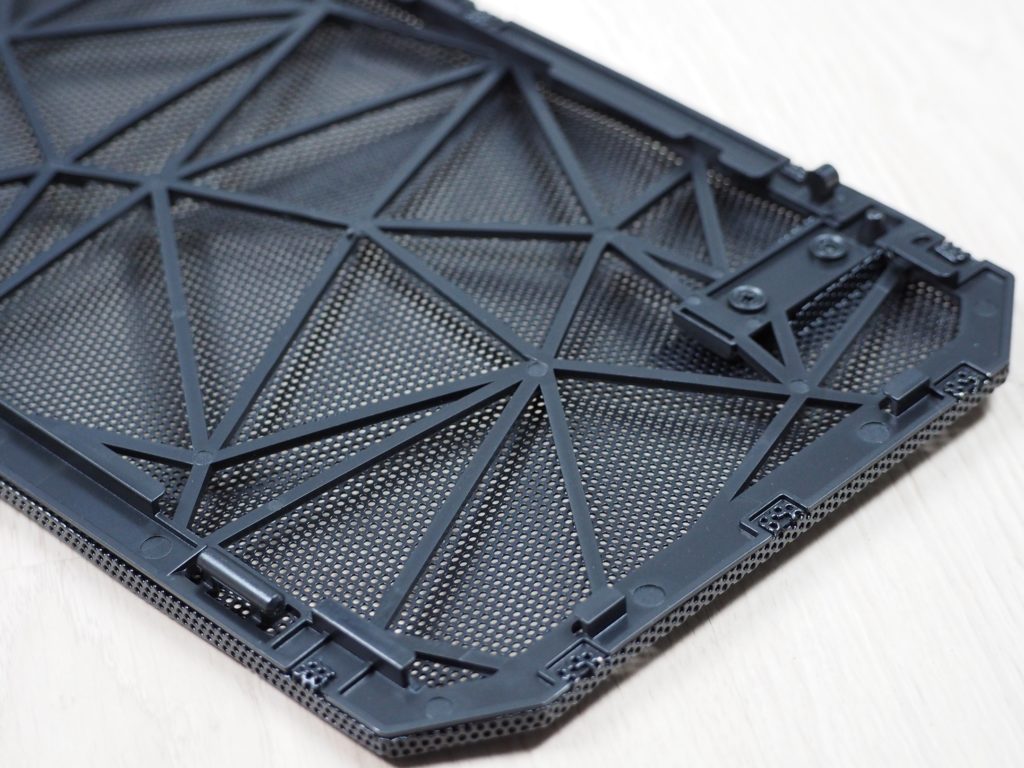
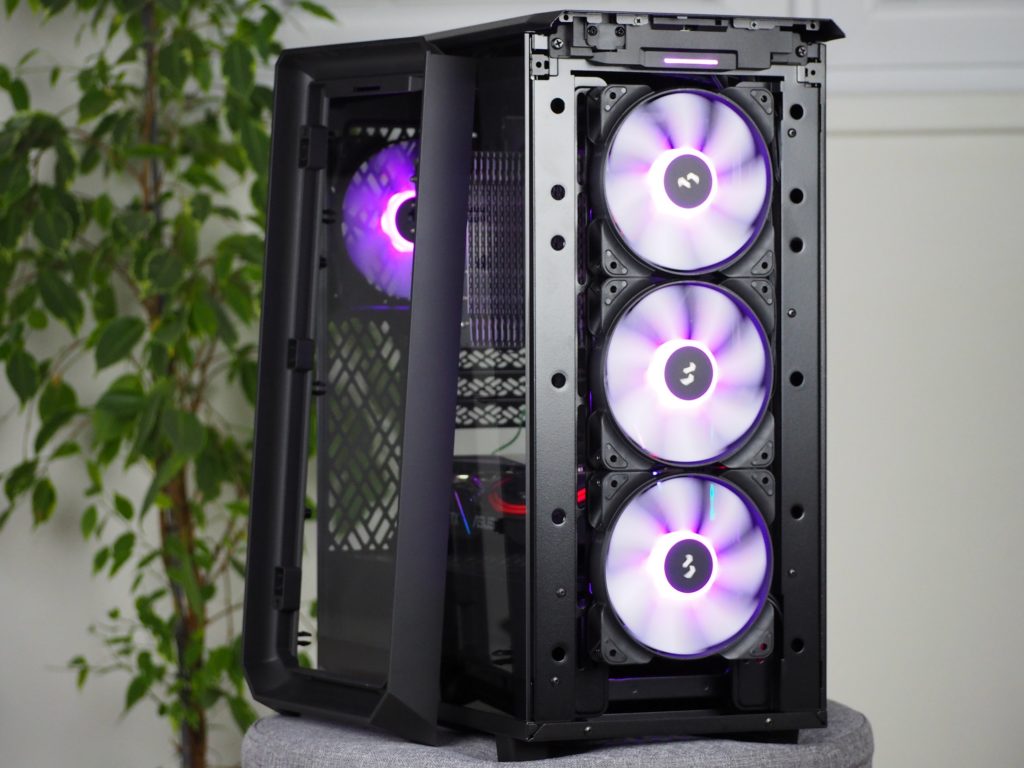
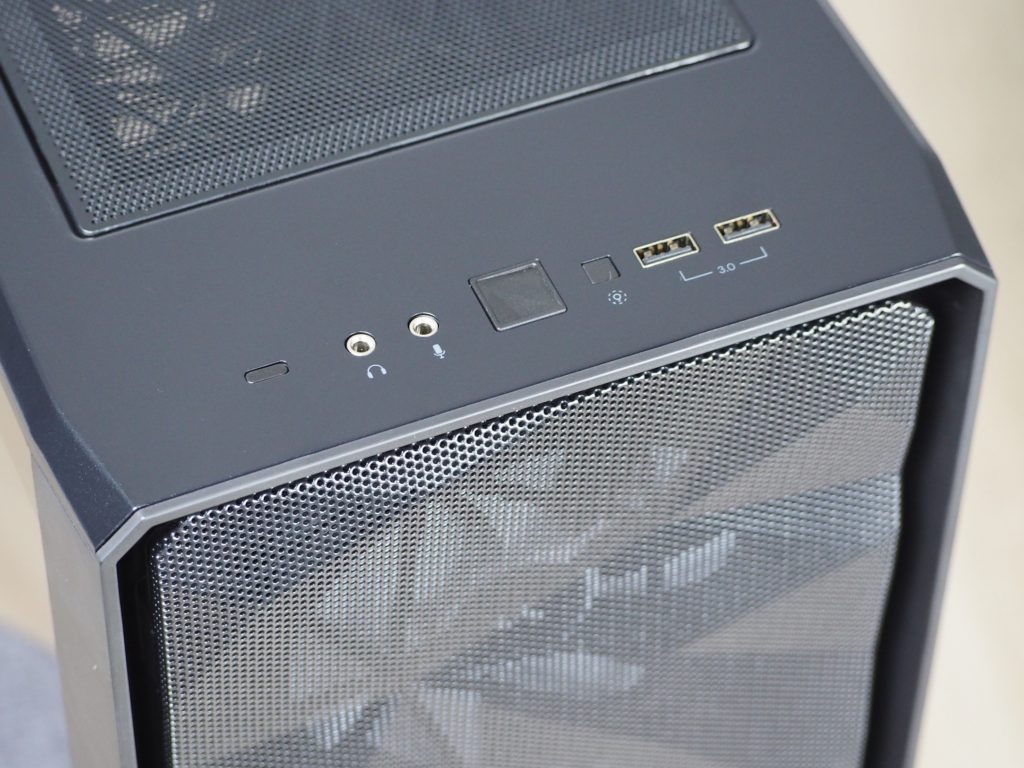
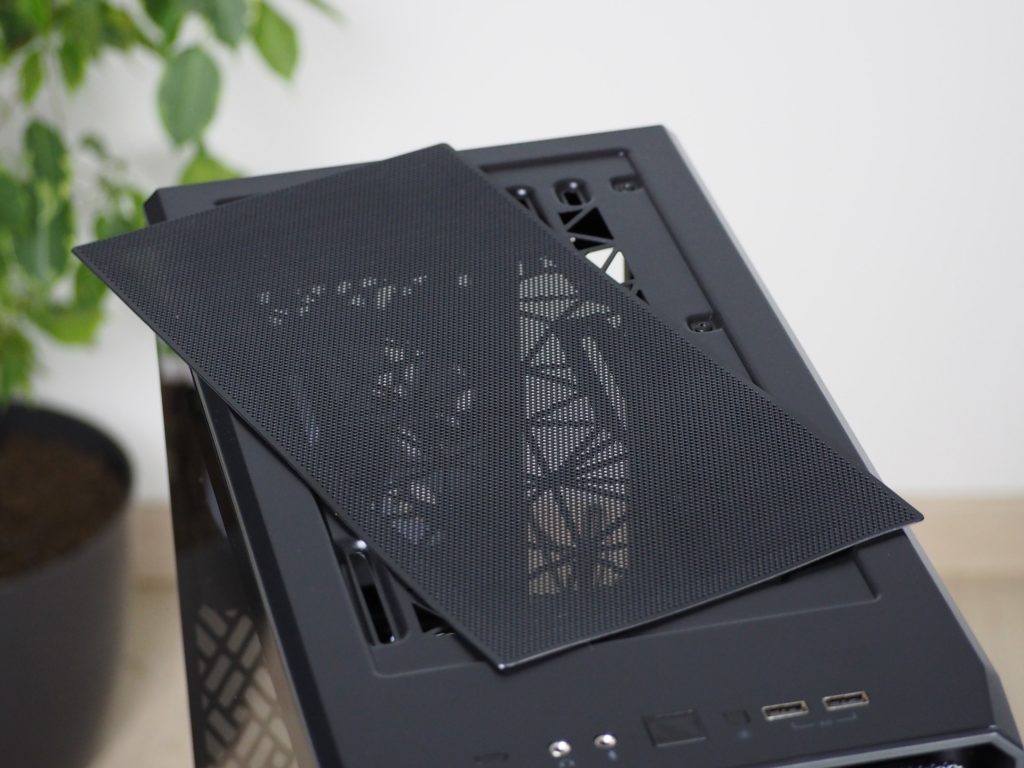
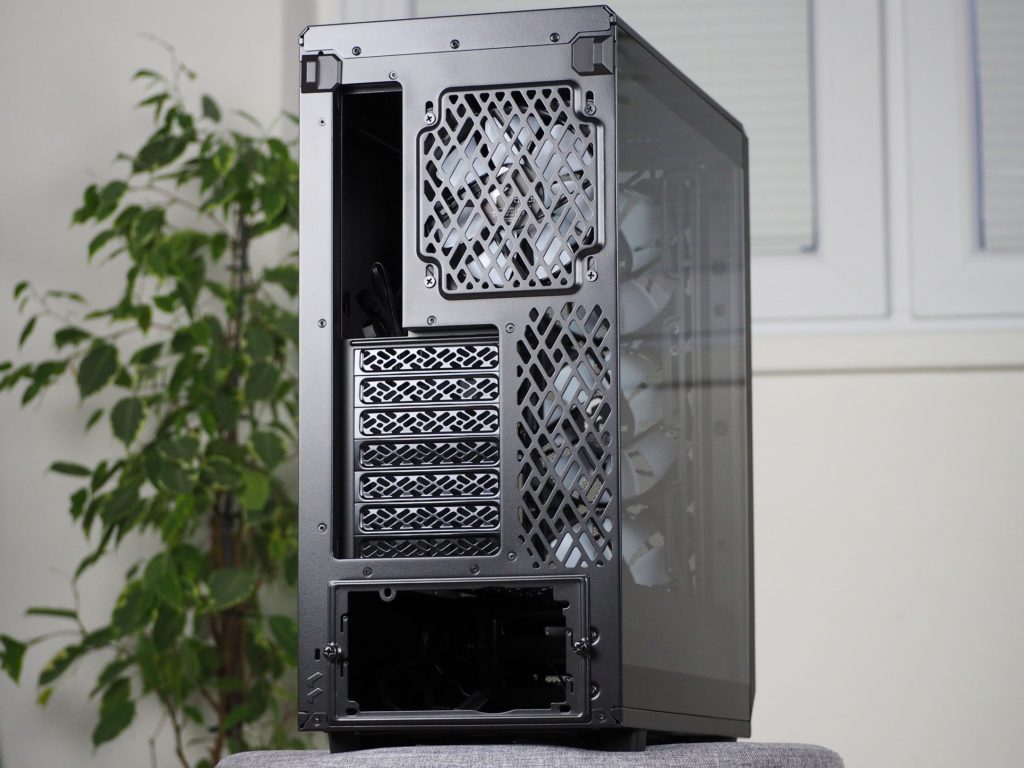
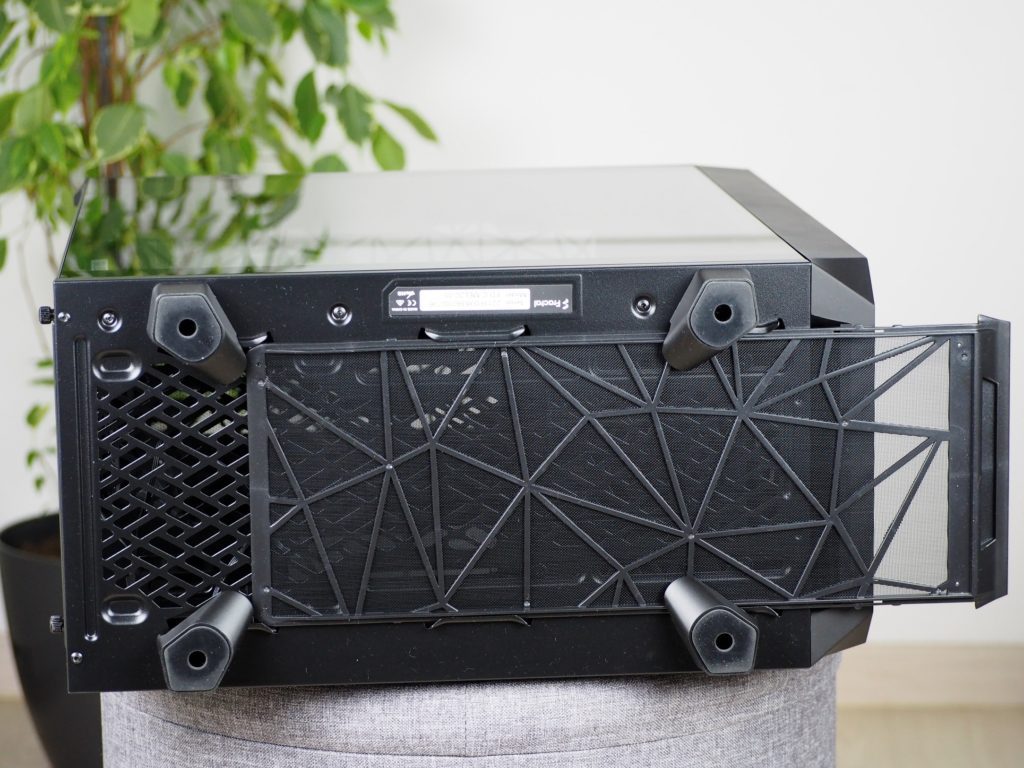






Hi!
My friend is building her first pc and is really struggling with the rgb lights on this exact case. She still has the Sata cable and she doesn’t know where to plug it in… We can’t find any info on this exact case and no one knows how to fix it. Could you tell me how your rgb lights work and where everything is plugged in?
thanks!
Hello. The SATA cable that she has left over from the case powers the lighting for the fans. She also needs to have the SATA cable (female) coming out of the power supply, where she plugs the one from the case (male). If she has the fans properly wired in series and the first connector comes from the I/O panel, then her fans should already light up. Let me know if your friend has succeeded.